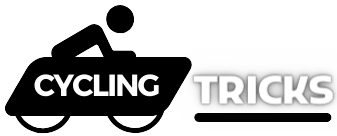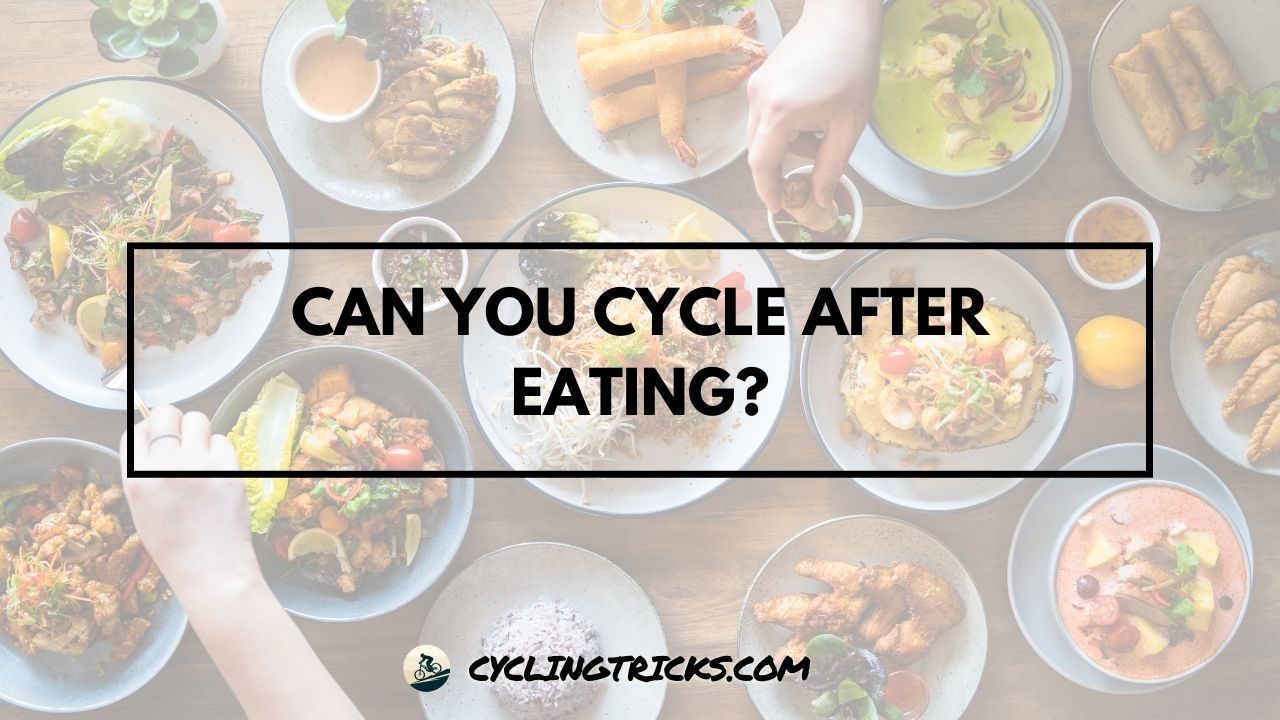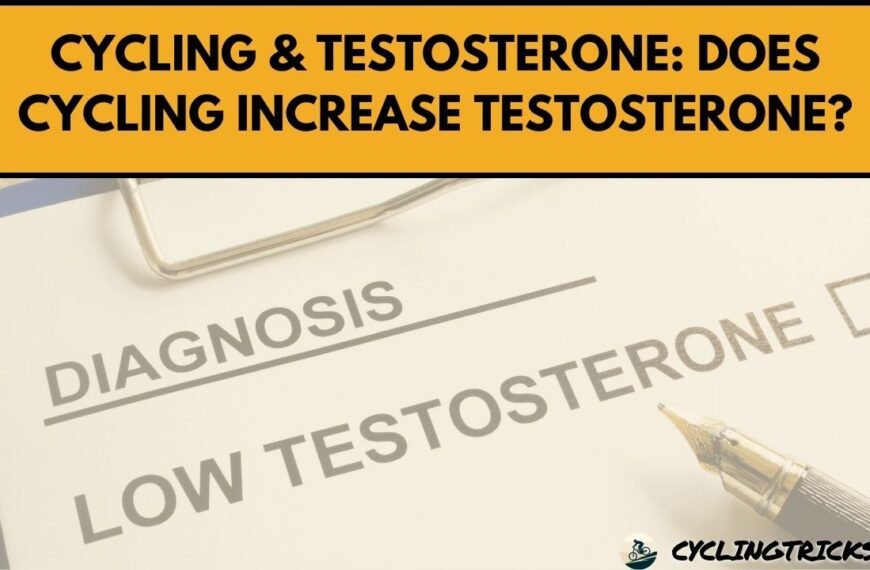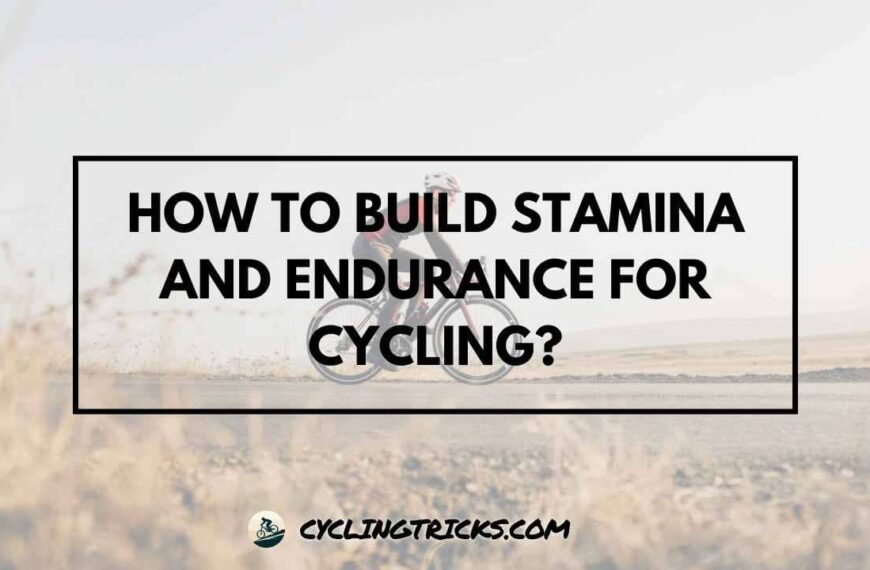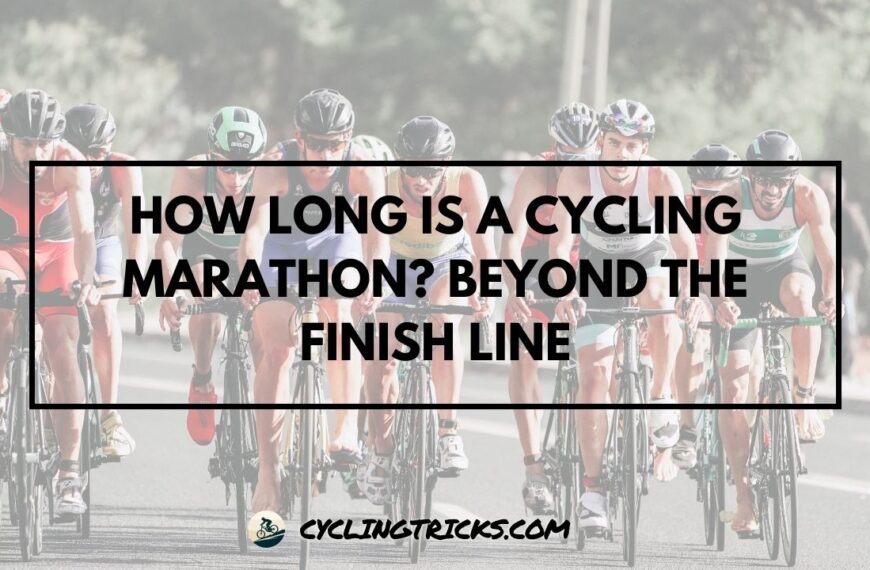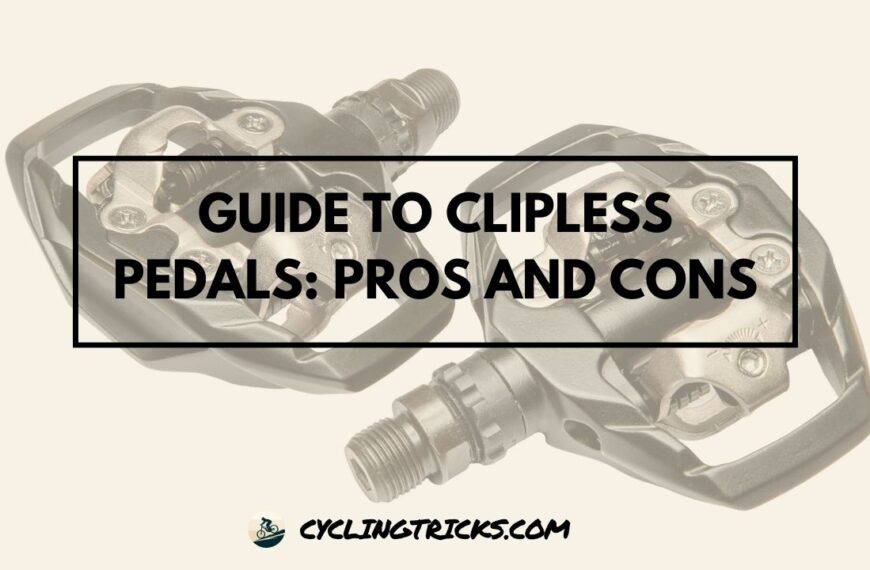Did you know that around 60% of people report experiencing gastrointestinal discomfort during exercise? As a passionate cyclist and connoisseur of all sorts of snacks, this statistic struck a chord with me.
I’ve often wondered about the intersection of physical activity after a meal and my love for hitting the pavement on two wheels. Is there truly a best time to cycle, or can I turn my pedal to the metal even with a belly full of grub?
The quest to balance fueling my body and enjoying a comfortable ride has led me down a rabbit hole of research and personal experimentation. With so many cycling tips after eating available, it’s time we sift through the noise and get to the bottom of this burning question.
Key Takeaways
- Gastrointestinal discomfort is a common issue for active individuals post-meal.
- Finding the balance between energy levels and comfort is key to cycling after eating.
- It’s essential to discern between myths and evidence-based practices for post-meal cycling.
- Understanding your body’s signals contributes to optimizing your cycling experience.
- Expert advice is needed to determine the best cycling schedule in relation to meals.
- Nutritional strategies can enhance cycling performance without overtaxing digestion.
- Hydration plays a critical role when engaging in physical activity after a meal.
Can You Cycle After Eating? Answer
Yes, but wait 1-2 hours after a large meal and 30 minutes after a small snack to avoid discomfort. Listen to your body and prioritize digestion.

Understanding Your Body’s Response to Food While Cycling
As I pedal through winding roads, it’s evident how imperative it is to understand the intricate dance between cycling and digestion.
The harmony of this relationship determines whether I can enjoy the full benefits of cycling after eating. Let’s peel back the layers on how your body reacts when you merge a love for cycling with timely nutrition.
The Digestive Process and Physical Activity
My experiences tell me that moderate cycling can actually support digestive processes, provided meal timing for cycling is well-calibrated.
Speaking with a seasoned sports nutritionist, I’ve learned that during digestion, blood flow is prioritized to the stomach and intestines to aid in breaking down food. But when I hop on the bike, this blood is diverted to my muscles, which can slow digestion.
Striking the right balance is crucial for ensuring a ride that’s both energizing and comfortable. According to real research, an easy ride may encourage gastrointestinal mobility, hinting at an interplay that benefits digestion under the right conditions.
Impact of Different Types of Food on Cycling Performance
Over time, I’ve noticed that the types of food I consume pre-ride have tangible effects on my cycling performance. Carbohydrates tend to be my best allies, providing me with the quick energy I need.
Meanwhile, fats and proteins require more digestive effort, which can lead to a sluggish feel on the bike. It’s critical to select meals that complement my ride instead of complicating it.
Scientific studies back this up, showing that a carb-focused snack can be the best supporter of endurance and power during a ride.
Listening to Your Body: Signs to Slow Down or Speed Up
Learning to interpret personal signs has transformed how I view meal timing and cycling cohesion. Through absorbing insights from fitness coaches, I’ve become attuned to my body’s signals.
Signs like bloating or cramps are direct messages to reduce my pace, while a burst of energy confirms it’s time to speed up. Each ride becomes a real-time conversation with my body, allowing me to adjust accordingly and enjoy every moment on the bike.
In summary, merging the passion for cycling with meal plans is an art influenced by understanding the dynamics between food and physical activity. Whether it’s adjusting my meal timing for cycling or opting for the right macronutrients, every meal choice is a stroke painted on the vast canvas of my cycling journey.
Can You Cycle After Eating: Debunking Myths and Facts
I’ve often been intrigued by the relationship between our meals and our rides. It’s time to clarify some of the fitness industry’s most talked-about myths and facts.
Can your post-meal state really affect your cycling performance, or is it just another misconception? Let’s dive into the science and real-world experiences to uncover the truth.
Common Misconceptions About Exercise Post-Meal
The belief that one should wait for hours after eating to engage in any exercise, including cycling, has been popular advice for quite some time. However, there’s no one-size-fits-all answer.
The idea that an exercise post-meal stretch is a universal no-go is far from accurate. Research shows that a gentle ride can actually aid in digestion and metabolism.
So, it might not be necessary to be stationary until your food is fully digested.
Scientific Perspective on Cycling and Digestion
Digging into research findings for answers, I’ve discovered that how the body processes food can influence our cycling efficiency. Studies have suggested that moderate cycling after a meal can enhance the overall metabolism, putting to rest concerns that pedaling with a full stomach automatically leads to discomfort or diminished performance.
The Truth About Cycling After a Large vs. Small Meal
Through conversations with nutritionists and cycling veterans, it’s become clear that it’s not just whether you cycle after eating, but what and how much you’ve eaten. A large, heavy meal might anchor your performance, but a light snack can provide the immediate energy needed for an effective ride.
Here’s a breakdown of the general consensus:
| Meal Size | Recommended Time Before Cycling | Effect on Cycling Performance |
|---|---|---|
| Large Meal | 2-3 hours | May cause sluggishness; higher chance of digestive distress |
| Medium Meal | 1-2 hours | Moderate impact; balance between energy gain and comfort |
| Small Snack | 30 minutes to 1 hour | Low risk of discomfort; may provide a quick energy boost |
My experience aligns with these insights. Testing my limits, I’ve found that cycling tips after eating, like choosing a smaller meal or waiting a certain period, can make all the difference in how my body reacts, affecting both my metabolism and my mileage.
Cycling and Metabolism: Finding the Optimal Post-Meal Ride Time
When pondering the relationship between meal timing for cycling and my own metabolism, I often find myself thinking about how to optimize the period after eating to get the best out of my cycling sessions.
Understanding the interplay between physical activity after a meal and the unique digestive rhythms we all have is more of an art than one might expect. I’ve come to acknowledge that it’s not just what we eat, but when we hit the road that can impact our effectiveness and enjoyment while cycling.
Let’s look at a practical guide that has shaped how I approach cycling after eating. It involves a blend of expert advice on the matter, intensive self-observation, and an analysis of the research on meal timing relative to physical activity.
The table below encapsulates my findings on how to align eating with cycling performance:
| Meal Size | Wait Time Before Cycling | Recommended Physical Activity |
|---|---|---|
| Large (600+ calories) | 1.5 – 2 hours | Moderate, steady ride |
| Medium (300-600 calories) | 1 – 1.5 hours | Varied intensity, perhaps some hill work |
| Small (Under 300 calories) | 30 minutes – 1 hour | High-intensity interval training (HIIT) or a fast-paced ride |
It became clear that my metabolic rate, though consistent in some ways, could be a variable in others. One person’s digestion might zap that energy bar in under 30 minutes, whereas another might need a full hour.
When planning my routes and rides, I now account for not just the route’s difficulty and duration but also how my body is likely to deal with the fuel I’ve given it.
And it’s not just about avoiding discomfort, either. Strategic meal timing for cycling can enhance performance. By allowing for proper digestion, your muscles get a steadier supply of the nutrients they need, right when they need them.
Remember, though, these are general guidelines, and your mileage may vary—listening to your body remains an unrivaled strategy.
Essential Cycling Tips After Eating: Maximizing Your Ride
When I’ve finished a meal, I’m eager to get back on my bike—but I also know the importance of timing and proper nutrition. Finding the right balance could mean the difference between a sluggish ride and one that feels energized and productive.
Below, let’s look at some of the best practices I’ve learned for meal timing, nutrition, and hydration that help make every post-meal ride as enjoyable as possible.
Meal Timing for Cycling: What Works Best?
I’ve found that the consensus among cycling enthusiasts and nutrition experts is to give your body a bit of time to start digesting before heading out. Here’s a quick guideline I follow based on the size of the meal:
- Small Snack: Wait around 30 minutes.
- Medium Meal: Allow for 1-2 hours.
- Large Meal: Give yourself 2-3 hours.
These timelines seem to provide enough time for my body to begin converting food into energy without feeling bogged down by the digestive process while riding.
Nutritional Strategies for Enhanced Cycling Performance
Navigating the world of nutrition for cycling performance can feel overwhelming, but I’ve picked up some solid strategies along the way. Pre-ride meals and snacks that are rich in complex carbohydrates and moderate in protein work best for me.
They provide sustained energy without overtaxing the digestive system.
| Pre-Ride Meal | Benefits | Ideal Timing Before Cycling |
|---|---|---|
| Oatmeal with banana and almonds | Long-lasting energy, healthy fats, and natural sugars | 1-2 hours |
| Peanut butter on whole-grain toast | Protein for muscle support, carbs for energy | 30-60 minutes |
| Yogurt with mixed berries | Antioxidants and digestible protein | 30 minutes |
Hydration: An Essential Component to Your Ride After Eating
I can’t stress enough how hydration plays a critical role in how I feel during and after a ride, especially when I’m cycling tips after eating. Consuming water alongside my meals, and continuing to drink regularly throughout the ride, helps me maintain optimal hydration levels.
If I start my ride perfectly hydrated, it’s much easier to stay ahead of any signs of dehydration, which can quickly lead to a loss of energy and focus. And on longer rides, I sometimes opt for an electrolyte solution to replenish what’s lost through sweat.
- Small sip: Regular intervals, even if I’m not thirsty.
- 20oz water bottle: For every hour of riding, more if it’s hot.
By keeping these hydration strategies in mind, I manage to maintain a perfect balance and enjoy my post-meal cycling sessions to the fullest.
Conclusion
Reflecting on our journey through the ins and outs of cycling with a satiated stomach, we’ve navigated the intricate balance between fueling our bodies and optimizing our rides. The essential question persists: can you cycle after eating?
The answer is not a straightforward ‘yes’ or ‘no’—it’s nuanced, intertwining with individual physiological nuances and dietary choices.
The Verdict: Should You Pedal After You’ve Eaten?
The evidence suggests that the interplay between eating and exertion is a delicate dance—a tango of timing, type, and tolerance.
While it’s clear that a cycle on a full stomach can sometimes lead to discomfort, strategic meal scheduling and sensible food selection can indeed permit you to reap the benefits of cycling after eating.
Whether seeking weight control, better fitness, or mere enjoyment, the decision to embark upon a ride post-meal should be informed by the knowledge of one’s own body and the nature of the feast consumed.
Key Takeaways for Cycling Enthusiasts and Food Timing
In summation, the quest for the best time to cycle interlaces closely with personal digestive rhythms and the energy requirements of our cycling endeavors.
A light meal might fuel a leisurely ride without issue, while high-intensity sprints, on the other hand, may warrant more digestion time. My takeaway for fellow cyclists is to listen keenly to your body, adapt meal timing to your cycling routine, and choose easily digestible foods that support your athletic performance.
Ride smart, eat wisely, and your cycling journey post-meal can be both gratifying and beneficial.
